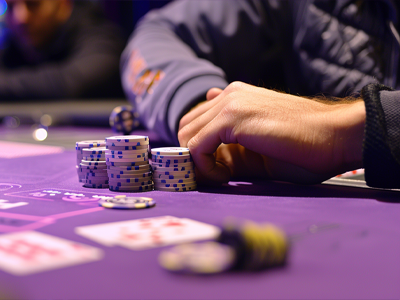While both games share similarities, their differences require different strategies
Chemin de Fer and Banco are two versions of baccarat that require different strategies based on their unique rules. While both games involve players betting on either the banker or player hand, Chemin de Fer introduces an element of decision-making that makes it distinct from Banco, which follows a fixed set of rules for drawing cards.
In Chemin de Fer, one player takes on the role of the banker, while others place bets against them. The banker deals two hands—one for themselves and one for the player side. If the player has a natural (8 or 9), no further cards are drawn. If neither side has a natural, the player can decide whether to take a third card based on their total. The banker then chooses whether to draw or stand, often basing their decision on the player’s move. Because the banker has the advantage of acting last, they can use strategic decision-making rather than relying solely on chance.
One key strategy in Chemin de Fer is knowing when to draw or stand. If the player draws a third card and ends up with a weak total, the banker can adjust their play to maintain an edge. Many experienced players follow a simple rule—stand on 7, draw on 0-4, and consider the player’s third card when holding a 5 or 6. Since Chemin de Fer allows for some level of control, skilled players can improve their odds by making well-calculated decisions.
Banco, on the other hand, removes decision-making from the equation. The game strictly follows predetermined drawing rules, which means strategy is focused on bankroll management and bet selection rather than gameplay choices. Since the banker bet has a lower house edge, most experienced players stick with it over the long run.



